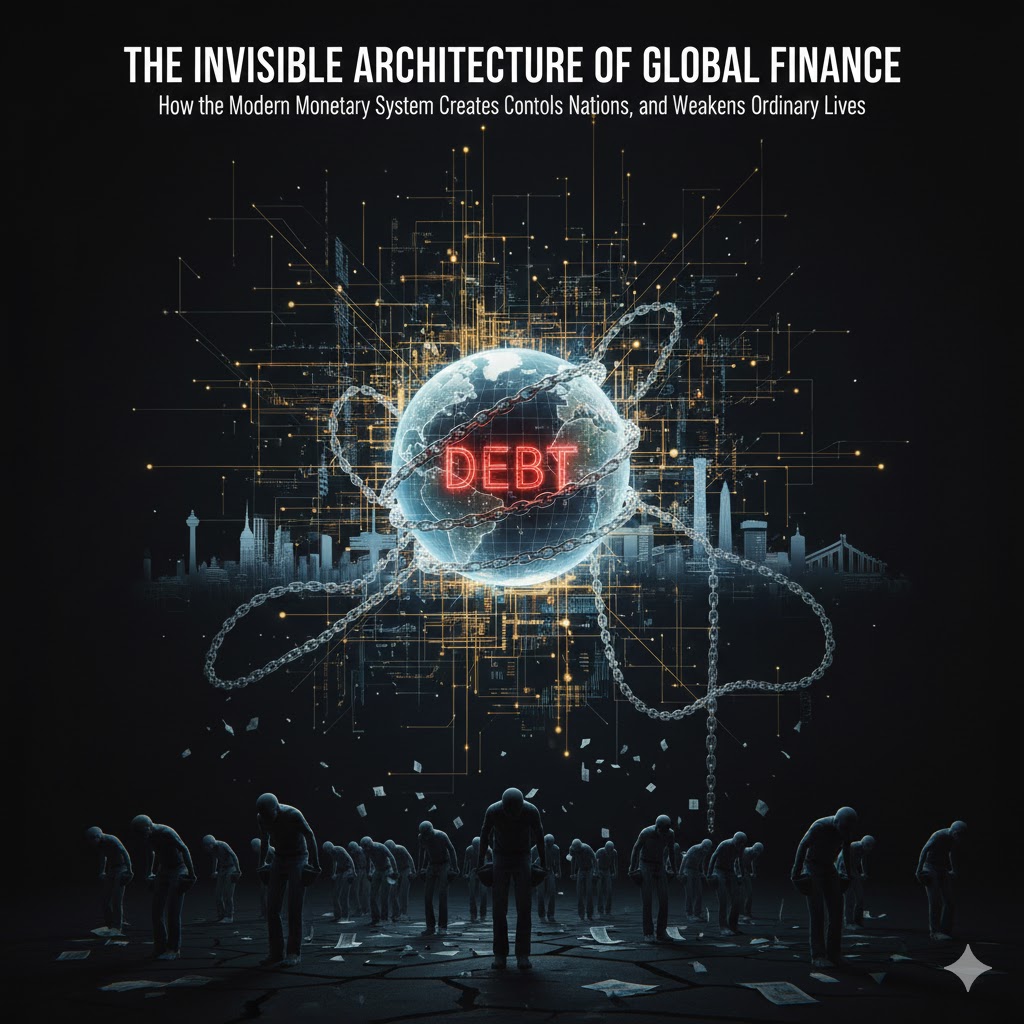Future Trends in the European Union’s Real Estate Market: Insights and Predictions
Introduction
The European Union (EU) real estate market is a dynamic landscape influenced by diverse economic, demographic, and regulatory factors. This comprehensive analysis provides insights into current trends, growth opportunities, challenges, and case studies across selected EU countries, backed by data to guide informed investment decisions.
Economic Influences and Growth Hotspots
- Growth Leaders: Analyzing thriving real estate markets in Germany, the Netherlands, and Sweden
- Germany: Germany’s real estate market remains robust, contributing significantly to the country’s GDP. In 2020, the real estate sector accounted for 8.3% of Germany’s GDP, highlighting its economic importance (Source: Statista).
- Case Study – Berlin: Berlin has emerged as a hotspot for commercial real estate, driven by strong economic fundamentals and ongoing urban revitalization projects. The city’s office market saw a 10% increase in leasing activity in 2021 (Source: JLL).
- The Netherlands: The Dutch real estate market is characterized by stable growth and high demand for residential and commercial properties. Amsterdam, in particular, has seen a surge in property prices, with an average increase of 7% year-over-year (Source: CBRE).
- Sweden: Sweden’s real estate sector benefits from a stable economy and high living standards. Stockholm, the capital city, has experienced steady growth in property values, with residential prices rising by 6% annually (Source: Statistics Sweden).
- Challenges in Southern Europe: Examining market stabilization efforts in Spain, Italy, and Greece
- Spain: The Spanish real estate market is recovering from the 2008 financial crisis, with property prices gradually stabilizing. In 2021, Madrid and Barcelona saw a 3% increase in residential property prices, reflecting renewed investor confidence (Source: Bank of Spain).
- Italy: Italy’s real estate market faces challenges due to economic stagnation and regional disparities. Milan and Rome remain attractive for commercial investments, but residential markets outside major cities struggle with affordability (Source: Italian National Institute of Statistics).
- Greece: Greece continues to rebuild its real estate sector post-economic crisis, with government incentives driving residential property investments in Athens and Thessaloniki. However, market recovery remains uneven across regions (Source: Bank of Greece).
Technological Innovations and Market Integration
- PropTech Advancements: Adoption of AI, blockchain, and VR/AR technologies in real estate transactions
- Technological advancements are transforming the EU’s real estate market, enhancing operational efficiency and customer experience. PropTech startups in countries like Estonia are leveraging blockchain for transparent property transactions, improving market liquidity and reducing transaction costs (Source: European Commission).
Urbanization Trends and Smart City Initiatives
- Urban Dynamics: Addressing housing shortages and sustainable urban development
- Urbanization trends vary across the EU, with metropolitan areas facing increasing demand for housing and infrastructure. Smart city initiatives in Copenhagen and Amsterdam focus on sustainable development practices, integrating renewable energy and efficient transportation systems (Source: Eurostat).
Demographic Shifts and Housing Demand
- Aging Population Challenges: Impact on senior housing and healthcare facilities in Germany and France
- The aging population in Germany and France drives demand for specialized housing and healthcare facilities. By 2050, the proportion of Europeans aged 65 and over is expected to reach 29%, highlighting the need for age-friendly housing solutions (Source: Eurostat).
Sustainability Initiatives and Green Building Practices
- Green Building Certification: Trends in sustainable construction and energy-efficient retrofitting
- The EU’s commitment to sustainability underpins green building practices, with countries like the Netherlands leading in energy-efficient retrofitting. Green building certifications, such as LEED and BREEAM, are becoming standard requirements for new developments, promoting environmental stewardship (Source: European Green Building Council).
Financial Landscape and Investment Strategies
- Investment Hotspots: Overview of REITs and foreign direct investment trends across the EU
- Real Estate Investment Trusts (REITs) play a crucial role in the EU’s real estate market, providing investors with diversified exposure to property assets. Luxembourg and Ireland are popular jurisdictions for REIT investments, offering favorable tax regimes and regulatory frameworks (Source: European Public Real Estate Association).

Regulatory Environment and Policy Impacts
- Policy Reforms: Housing affordability measures and regulatory frameworks in Sweden, Belgium, and Austria
- Government policies influence real estate dynamics across the EU, with measures aimed at improving housing affordability and market stability. Rent control policies in Sweden and Belgium aim to mitigate price inflation, while Austria offers subsidies for sustainable housing developments (Source: European Commission).
Market Risks and Dark Side of Real Estate
- Speculative Risks: Addressing concerns over property bubbles and market overheating
- Speculative investments in cities like Dublin and Barcelona have led to property price volatility, raising concerns about market sustainability. Regulatory interventions and market transparency initiatives are crucial in mitigating speculative risks and ensuring long-term market stability (Source: European Systemic Risk Board).
Future Outlook and Strategic Considerations
- Emerging Trends: Predictions for the EU’s real estate market post-pandemic recovery
- The COVID-19 pandemic has accelerated trends such as remote work and digital transformation, influencing residential preferences and commercial space utilization. Adaptation to these trends will be key for future market resilience and growth (Source: European Commission).
Conclusion
The EU’s real estate market presents a mosaic of opportunities and challenges, shaped by economic resilience, technological innovation, and regulatory reforms. Investors navigating this dynamic landscape must consider country-specific data, market trends, and regulatory environments to make informed decisions that drive sustainable growth and mitigate risks.
Please follow and like us:








